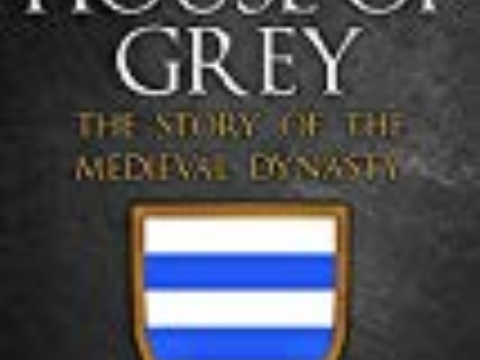Mary, Queen of Scots: Life Story
Chapter 10 : Wooing Elizabeth
Elizabeth had initially refused a safe-conduct for Mary to travel through England, but had changed her mind, and dispatched one, although too late to be of use. Mary, however, chose to see its eventual delivery as a friendly overture, and within a fortnight of her arrival sent her minister, William Maitland of Lethington, south.
Maitland was a Protestant, and a close associate of Lord James. He was also an acquaintance, even a friend, of Sir William Cecil, Elizabeth’s chief minister. Mary chose to overlook the fact that Maitland had joined the Lords of the Congregation, despite being chief secretary to Marie of Guise.
Maitland’s instructions, endorsed by Mary’s council, were to inform the English government that Mary would ratify the Treaty of Edinburgh (prohibiting foreign troops, whether French or English from entering Scotland) if Elizabeth would recognise her as her legitimate heir.
Typically, Elizabeth gave an answer that sounded positive, but meant little. She herself, she said, knew of no other candidate who had a better claim to be her heir than Mary, but she could not put such a burden on Mary – to be the Queen’s acknowledged heir would lead to pressure on her to try to displace Elizabeth. Elizabeth would go no further than an agreement that the clause in the Treaty of Edinburgh requiring Mary to renounce her claims to the English throne for ever for herself and her offspring, might be limited to the duration of the life of Elizabeth and any direct heirs she might have.
In Mary’s favour was her position as a woman of Tudor descent, undoubted legitimacy and royal blood, compared with her main rival, Lady Katherine Grey, who was of less exalted birth, descended from a more junior branch of the Tudor family and was in disgrace for a secret marriage. Against Mary was her religion, and her nationality, which made the English Parliament (heavily weighted towards the Protestant minority in the 1560s) fear her claim.
Mary’s view was that a meeting between herself and her cousin would enable them to thrash out their differences and reach an amicable, long-term settlement. Quite why Mary was so certain that Elizabeth would have no children, and that her claims needed to be pushed at this early stage of Elizabeth’s reign is unclear. With the benefit of hindsight, we know that Elizabeth never married, but in 1561, it was far more probable that she would.
Mary continued to press for a personal meeting, but it never came about; nor would Elizabeth ever name her as her heir, or agree to major changes in the Treaty of Edinburgh. Nevertheless, Mary’s policy in the years 1561 – 1565 has to be considered in the light of her ultimate goal of being acknowledged as heir to the English throne.
It is unlikely that Mary’s council considered her ambitions with anything like the same enthusiasm, and they certainly were not excited at the thought of the two queens meeting in person. A personal friendship between the two might undermine the Protestant Lords’ reliance on English support for their religious position – and despite Mary’s statements regarding her intention to leave religion as she had found it, they were forever suspicious about her long-term aims. More practically, state visits were expensive. The Catholic lords, finding her unenthusiastic about religious change, feared that she would turn Protestant to please Elizabeth.
Nevertheless, Mary continued to write loving letters to her cousin, praising her wisdom and assuring her that everything could be agreed in person, regarding the Treaty of Edinburgh.
In 1562, the meeting appeared to be in train, with arrangements made for an audience between the queens at York. Suddenly, events in France derailed it. Mary’s uncle, the Duke of Guise, ordered his Catholic soldiers to fire on a Huguenot prayer-meeting, which led to an outbreak of violence. Elizabeth could not be seen to consort with Guise’s niece, and further, there was concern that the war might spread, and England be in danger of invasion.
Although Elizabeth said the meeting was merely postponed, it never happened.
Mary, Queen of Scots
Family Tree
